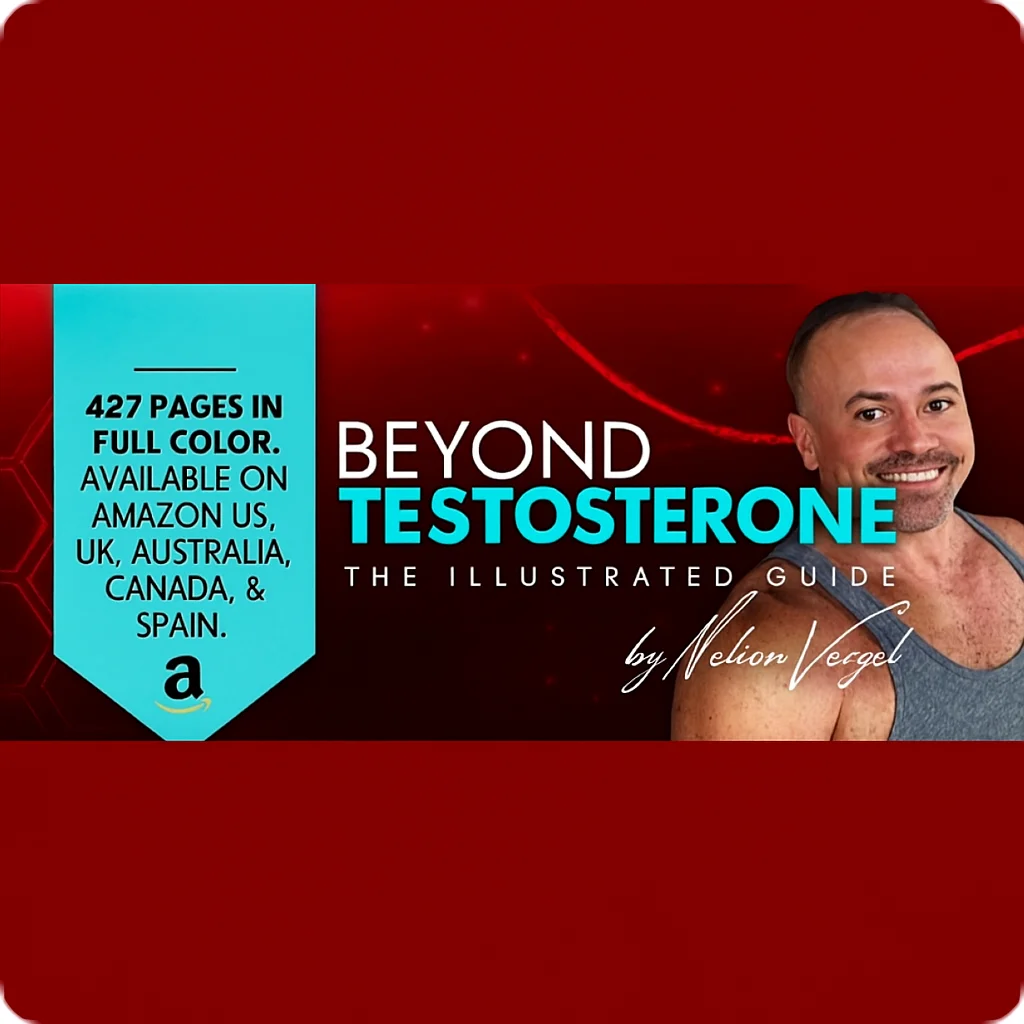Vince
Super Moderator
The first advance in the history of studies on prostate cancer (PCa) and androgens was the development of treatment with castration and administration of estrogen by Charles B. Huggins, who won the Nobel Prize in Physiology and Medicine. Since then, and for 70 years, androgen deprivation therapy has been the standard therapy for advanced PCa and the center of studies on PCa. However, recent advances have shed light on the relationship between androgens and the development or the progression of PCa. The use of 5AR inhibitors to prevent progression of PCa continues to be widely discussed. Discussion has been fueled by the findings of two large randomized, placebo-controlled trials: the Prostate Cancer Prevention Trial with finasteride and the Reduction by Dutasteride of Prostate Cancer Events trial. Does the development of PCa or progression to castration-resistant PCa depend on dihydrotestosterone (DHT)? Here, we summarize and discuss recent topics of local androgen production of DHT in PCa.
Prostate cancer (PCa) is a malignant tumor that has high morbidity in Europe and the United States, i.e., the first among the male cancers and the second leading cause of death due to cancer in the United States. The morbidity of PCa has also been increasing also in Japan, partly because of the widespread practice of checkup using prostatic-specific antigen (PSA). Thus, huge amounts of research funds are directed to studies given for studies on PCa and this very competitive field has made remarkable advances.
The first progress in the history of studies on PCa and androgens was the development of treatment with castration and administration of estrogen by Charles B. Huggins, who won the Nobel Prize in Physiology and Medicine (1). Since then, and for 70 years, androgen deprivation therapy (ADT) has been the standard therapy for advanced PCa and the center of studies on PCa. However, accumulating evidence has shed light on the relationship between the development and progression of PCa or castration-resistant prostate cancer (CRPC) and androgen–androgen receptor axis (AR axis) (2–7).
On the other hands, the use of 5α-reductase inhibitors (5AR): finasteride or dutasteride among the AR axis targeting drug to prevent development or progression of PCa continues to be widely discussed. Controversies have been fueled by the results of two large randomized, placebo-controlled trials: the Prostate Cancer Prevention Trial (PCPT) with finasteride (8) and the Reduction by Dutasteride of Prostate Cancer Events (REDUCE) trial (9).
Here, we summarize and discuss recent topics of local androgen production and 5α-reductase in PCa.
Is DHT Production by 5α-Reductase Friend or Foe in Prostate Cancer?
(PDF) Is DHT Production by 5α-Reductase Friend or Foe in Prostate Cancer?
Prostate cancer (PCa) is a malignant tumor that has high morbidity in Europe and the United States, i.e., the first among the male cancers and the second leading cause of death due to cancer in the United States. The morbidity of PCa has also been increasing also in Japan, partly because of the widespread practice of checkup using prostatic-specific antigen (PSA). Thus, huge amounts of research funds are directed to studies given for studies on PCa and this very competitive field has made remarkable advances.
The first progress in the history of studies on PCa and androgens was the development of treatment with castration and administration of estrogen by Charles B. Huggins, who won the Nobel Prize in Physiology and Medicine (1). Since then, and for 70 years, androgen deprivation therapy (ADT) has been the standard therapy for advanced PCa and the center of studies on PCa. However, accumulating evidence has shed light on the relationship between the development and progression of PCa or castration-resistant prostate cancer (CRPC) and androgen–androgen receptor axis (AR axis) (2–7).
On the other hands, the use of 5α-reductase inhibitors (5AR): finasteride or dutasteride among the AR axis targeting drug to prevent development or progression of PCa continues to be widely discussed. Controversies have been fueled by the results of two large randomized, placebo-controlled trials: the Prostate Cancer Prevention Trial (PCPT) with finasteride (8) and the Reduction by Dutasteride of Prostate Cancer Events (REDUCE) trial (9).
Here, we summarize and discuss recent topics of local androgen production and 5α-reductase in PCa.
Is DHT Production by 5α-Reductase Friend or Foe in Prostate Cancer?
(PDF) Is DHT Production by 5α-Reductase Friend or Foe in Prostate Cancer?














